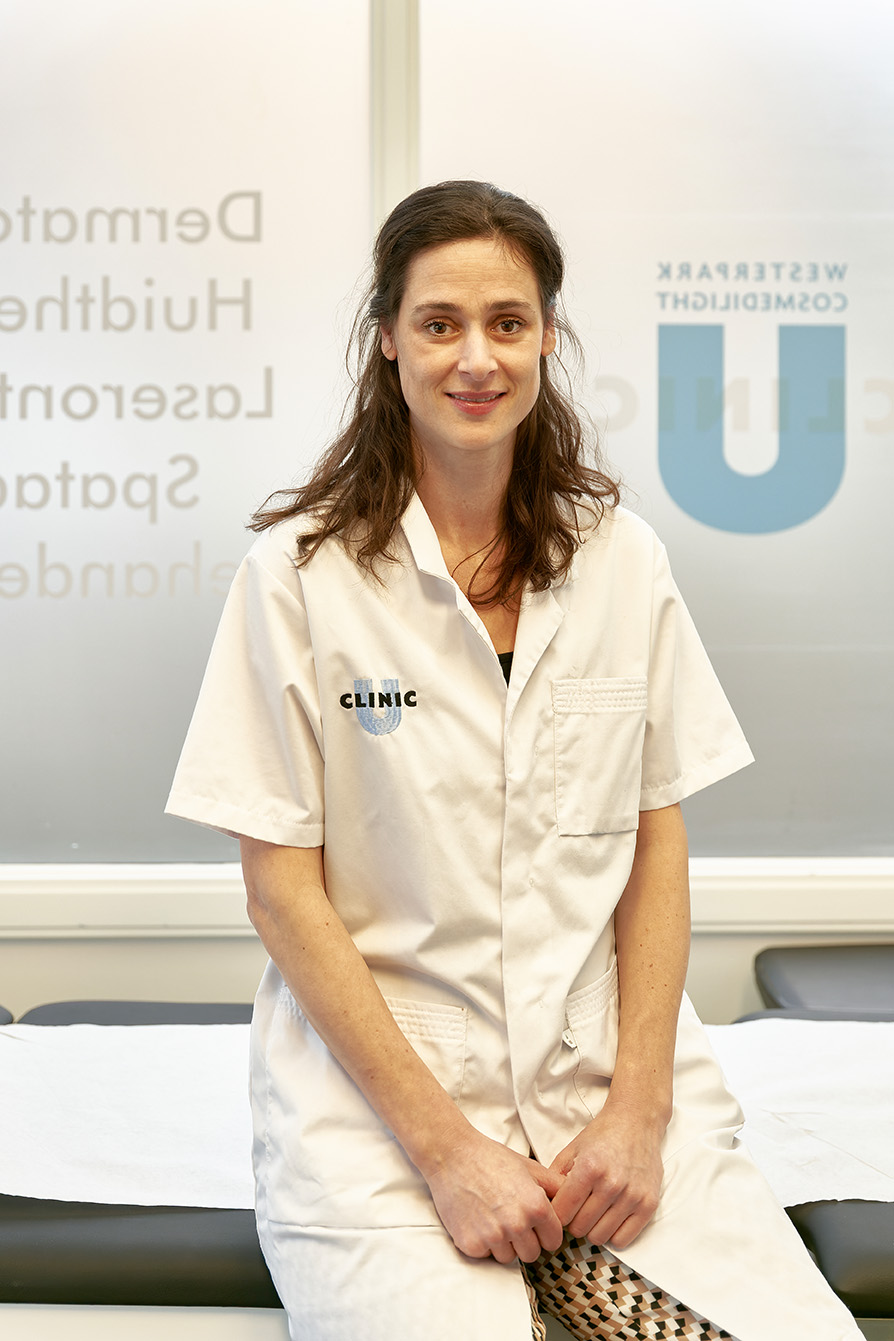Hoe ontstaat een open been?
Een open been ontstaat door een stoornis in de bloedsomloop (CVI). Zonder behandeling geneest een open been heel slecht. Voordat er een open plek ontstaat, kun je meestal al de eerste symptomen van een opkomend open been opmerken aan vochtophopingen om de enkels, bruine verkleuringen, en spataders. Een wond ontstaat dan meestal aan de binnenkant van het onderbeen of de enkel en geneest heel langzaam.
Hoe ziet een open been eruit?
Een open plek of wond kan er op verschillende manieren uitzien. Hij kan zacht en vochtig worden, maar ook hard en korstig. De kleur kan ook heel erg verschillen. Vaak doet de zweer geen pijn, maar laat hij wel een onaangename geur achter en kan hij vocht afgeven.
Wat is veneuze insufficiëntie?
Bij Veneuze insufficiëntie voeren de aders het bloed minder goed terug naar het hart. Hierdoor ontstaat er een kans dat het bloed gaat terugvloeien. Dit heet reflux. Reflux verhoogt de druk in de oppervlakkige aderen in het onderbeen. Als gevolg vult je onderbeen zich met vocht en gaat je huid strak staan. Daardoor wordt het gebied zeer kwetsbaar. Je kunt veneuze insufficiëntie vaak herkennen aan de enkel; er vormt daar dan een zichtbaar netwerkwerk van kleine adertjes.
Wanneer loop ik risico?
Je hebt een grotere kans op een open been als je last hebt van:
- Diabetes
- Hartfalen
- Reuma
- Spataderen
- Hoge bloeddruk
- Vocht in je onderbenen
- Lang en vaak stilstaan
- Huidproblemen
- Weinig bewegen (na een operatie)
Wat zijn de symptomen van CVI?
Je kunt veneuze insufficiëntie vaak herkennen aan je benen. Let hierbij op het volgende:
- Krampen in de kuiten en/of benen
- Slecht genezende wonden
- Droge, verdikte huid
- Jeuk
- Eczeem
- Witte verkleuringen
- Bruine verkleuringen
- Vochtophoping in het been
- Spataderen
- Een zwaar, gespannen of warm gevoel in de benen
Als jij twijfelt of denkt dat je misschien last hebt van een open been of CVI, neem dan gerust contact met ons op. Wij bij U-Clinic praten graag met jou over de opties en wat de meest effectieve behandeling zal zijn voor jouw specifieke aandoening. Wij werken hard om onze wachtrijen zo kort mogelijk te houden zodat jij snel geholpen kan worden.




